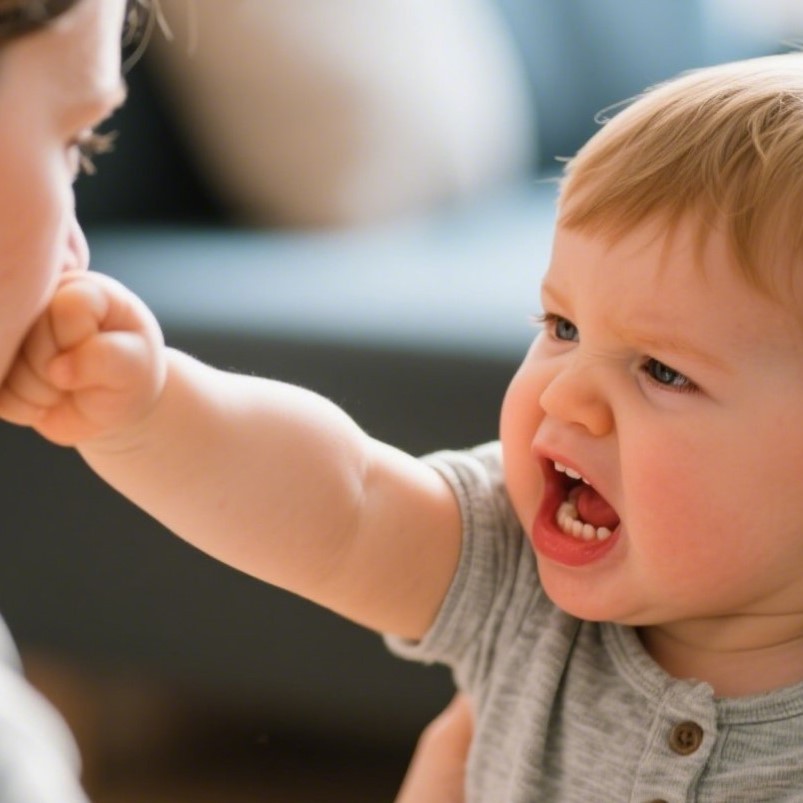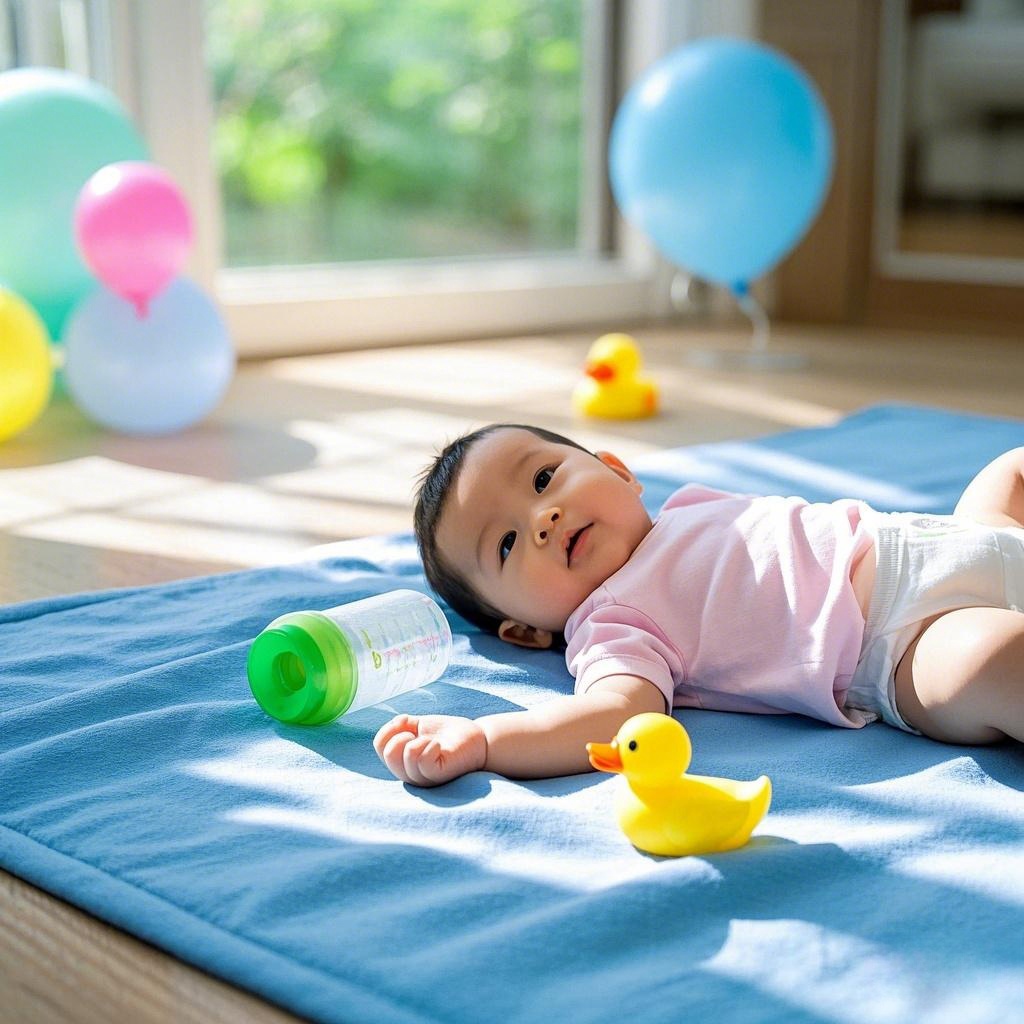You’re playing with your toddler, everything seems fine—and then suddenly, smack—a tiny hand hits your arm. You’re left stunned, hurt (emotionally or physically), and probably asking yourself, “Why does my toddler hit me?”
First, take a deep breath: you’re not a bad parent, and your toddler isn’t a bad kid. Toddler hitting is a normal part of development, especially between the ages of 1 and 4. That doesn’t make it okay—but it does mean there’s hope, understanding, and support to help manage it.
In this blog, we’ll explore why toddlers hit, what’s really going on inside their little minds, and how you can respond calmly and effectively.
🧠 Why Toddlers Hit: Common Reasons
1. They Have Big Emotions but Small Tools
Toddlers feel everything deeply—frustration, excitement, anger, even joy. But they haven’t developed the language or self-control to express those emotions properly yet. Hitting is often a shortcut to communication.
💡 Example: They want the toy back? Hit. They feel overwhelmed? Hit. They’re angry and don’t know why? Still hit.
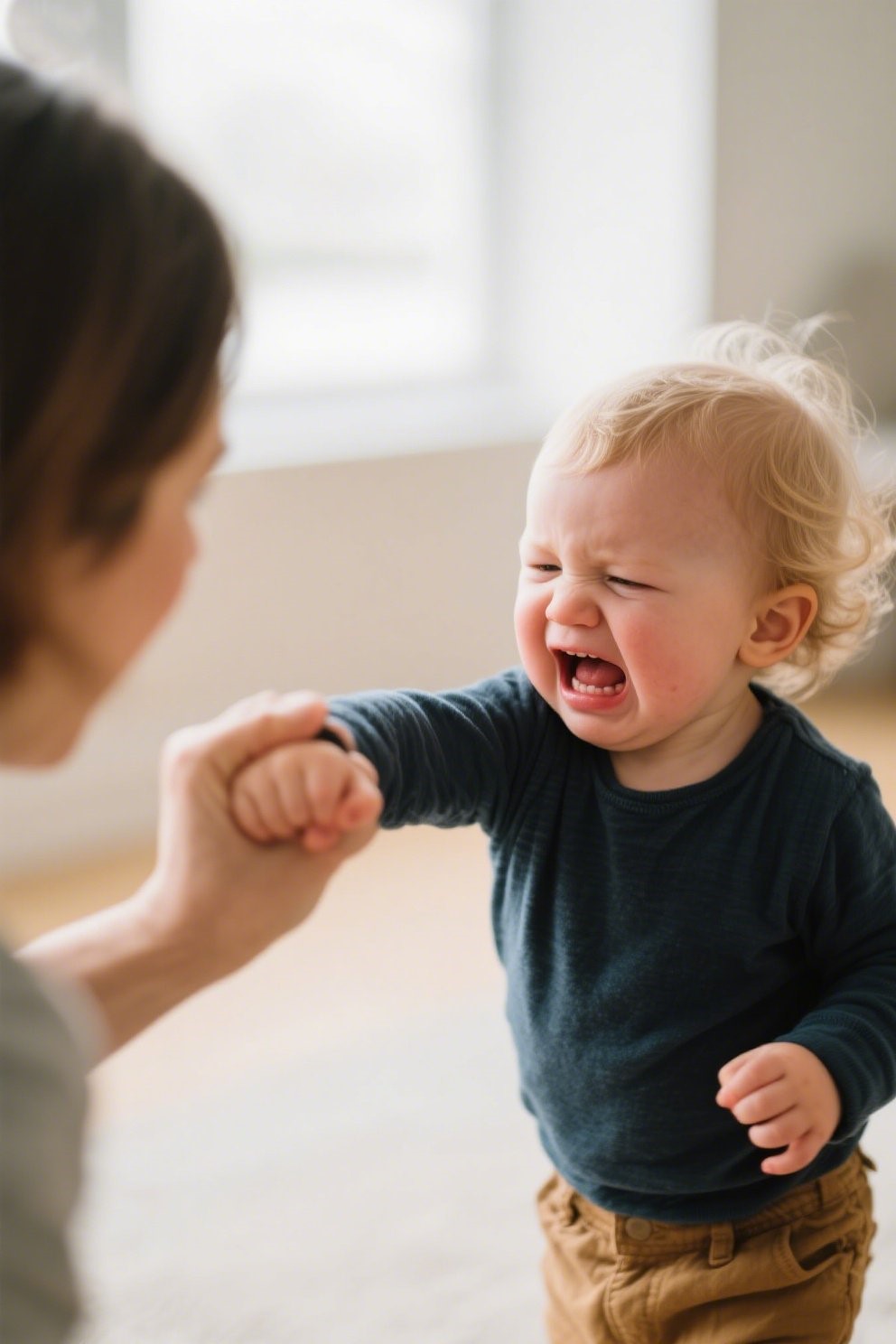
2. They’re Testing Boundaries
Part of growing up is learning “what happens if I do this?” Toddlers are curious creatures, and hitting may be part of their exploration to understand limits, cause and effect, and your reactions.
💡 Example: They might hit you and then watch closely to see what you’ll do next.

3. They’re Imitating Behavior
Kids mimic what they see—on TV, in daycare, or even in how adults handle conflict. If they’ve seen hitting—even in a playful context—they may copy it without understanding it’s wrong.
💡 Example: A cartoon character slaps someone as a joke, and suddenly your toddler thinks it’s a fun game.
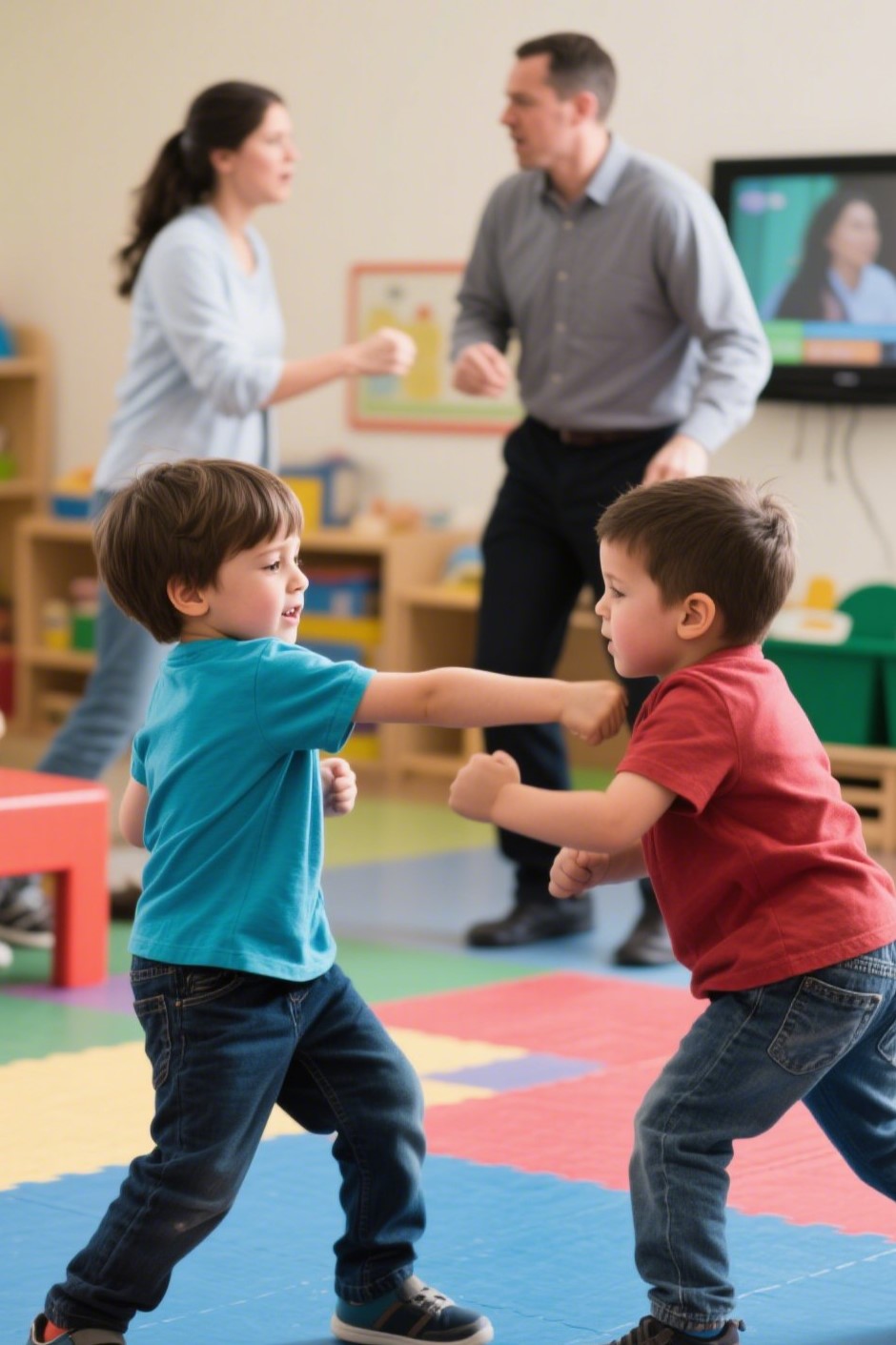
4. They’re Seeking Attention
Negative attention is still attention. If hitting gets a big reaction, toddlers might do it again just to get your eyes on them, especially if they feel ignored or left out.
💡 Example: You’re on the phone for a while, and boom—sudden toddler slap to the leg.

5. They’re Overstimulated or Tired
When toddlers are overtired, hungry, or overwhelmed, their impulse control drops. Hitting can be a sign they’re struggling with sensory overload or physical needs.
💡 Example: You’re out shopping near nap time, and your toddler starts swinging fists at you out of the blue.
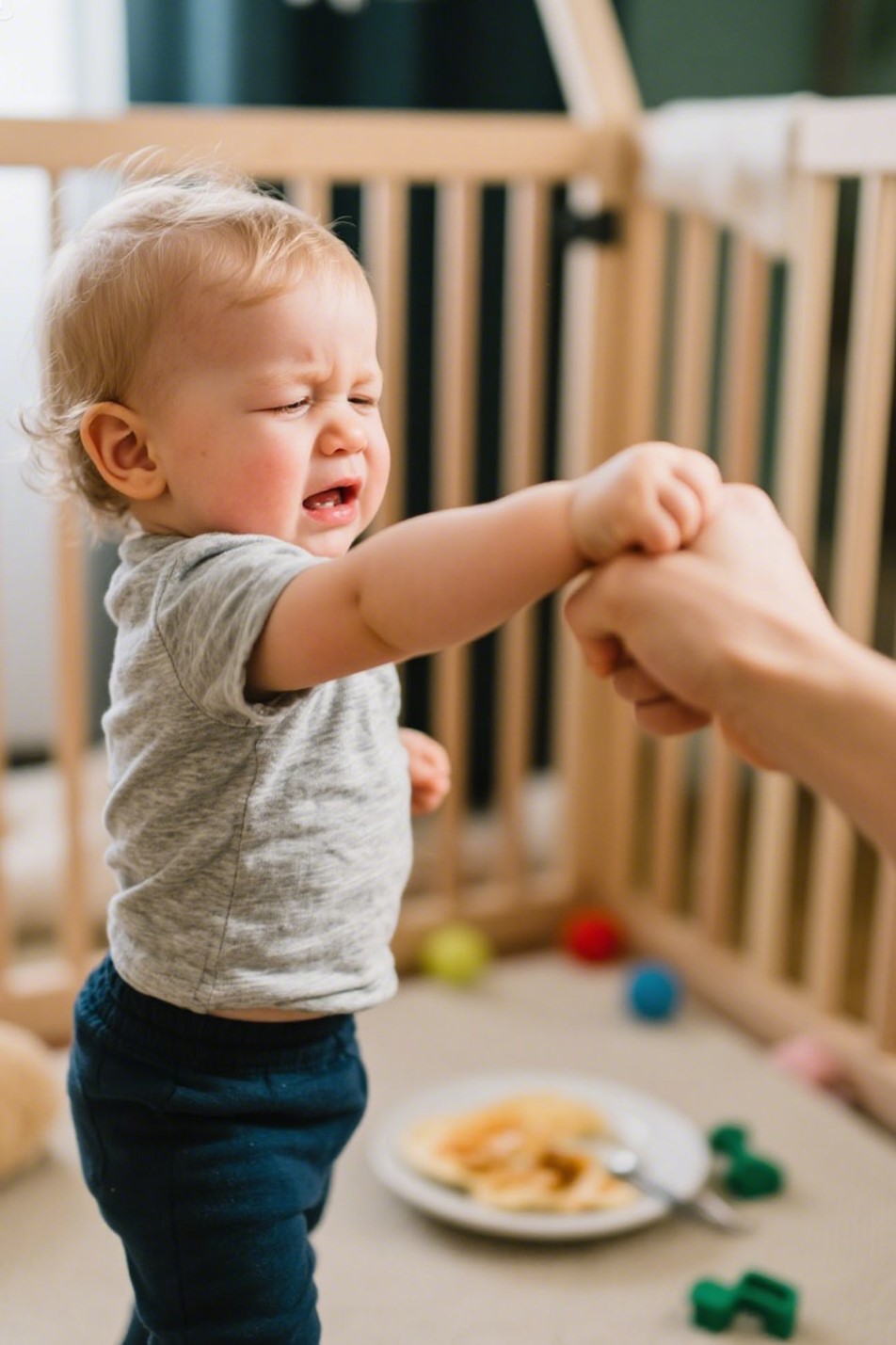
✅ What You Can Do: Positive Parenting Strategies
1. Stay Calm and Avoid Hitting Back
Model the behavior you want to see. Respond firmly but calmly:
🗣️ “I won’t let you hit me. Hitting hurts.”
Even if you feel angry, showing calm teaches self-control.

2. Label the Emotion
Give your toddler the words they don’t yet have.
🗣️ “I see you’re mad. You really wanted that toy.”
This validates their feeling without approving the behavior.
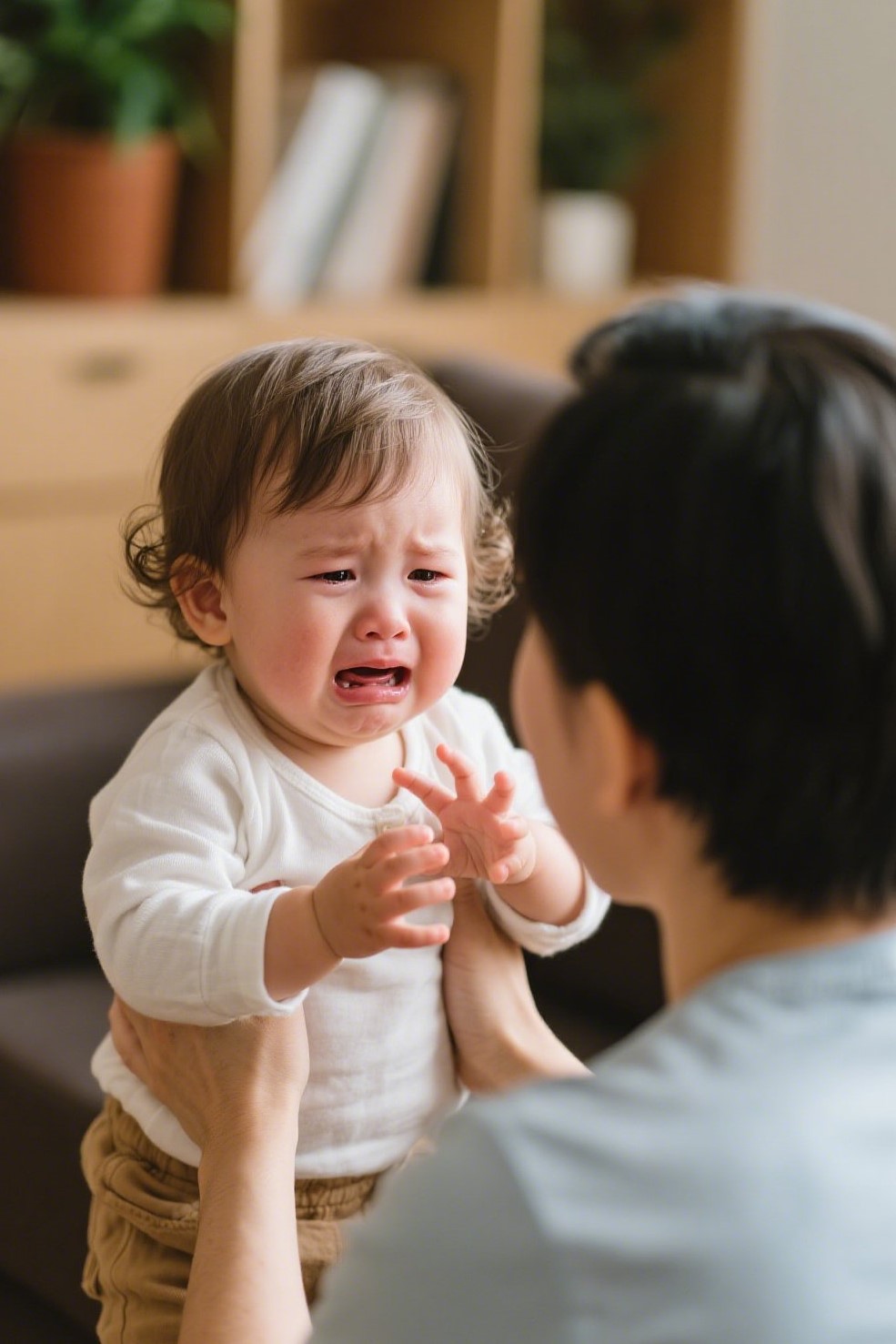
3. Redirect the Behavior
Offer alternatives:
🗣️ “You can squeeze this pillow when you’re mad, not hit me.”
Help them build better coping tools.

4. Set Clear Boundaries Consistently
Consistency is key. Every time it happens, remind them:
🗣️ “No hitting. If you hit, we stop playing.”
Don’t give mixed signals or laugh it off—especially if they’re testing limits.
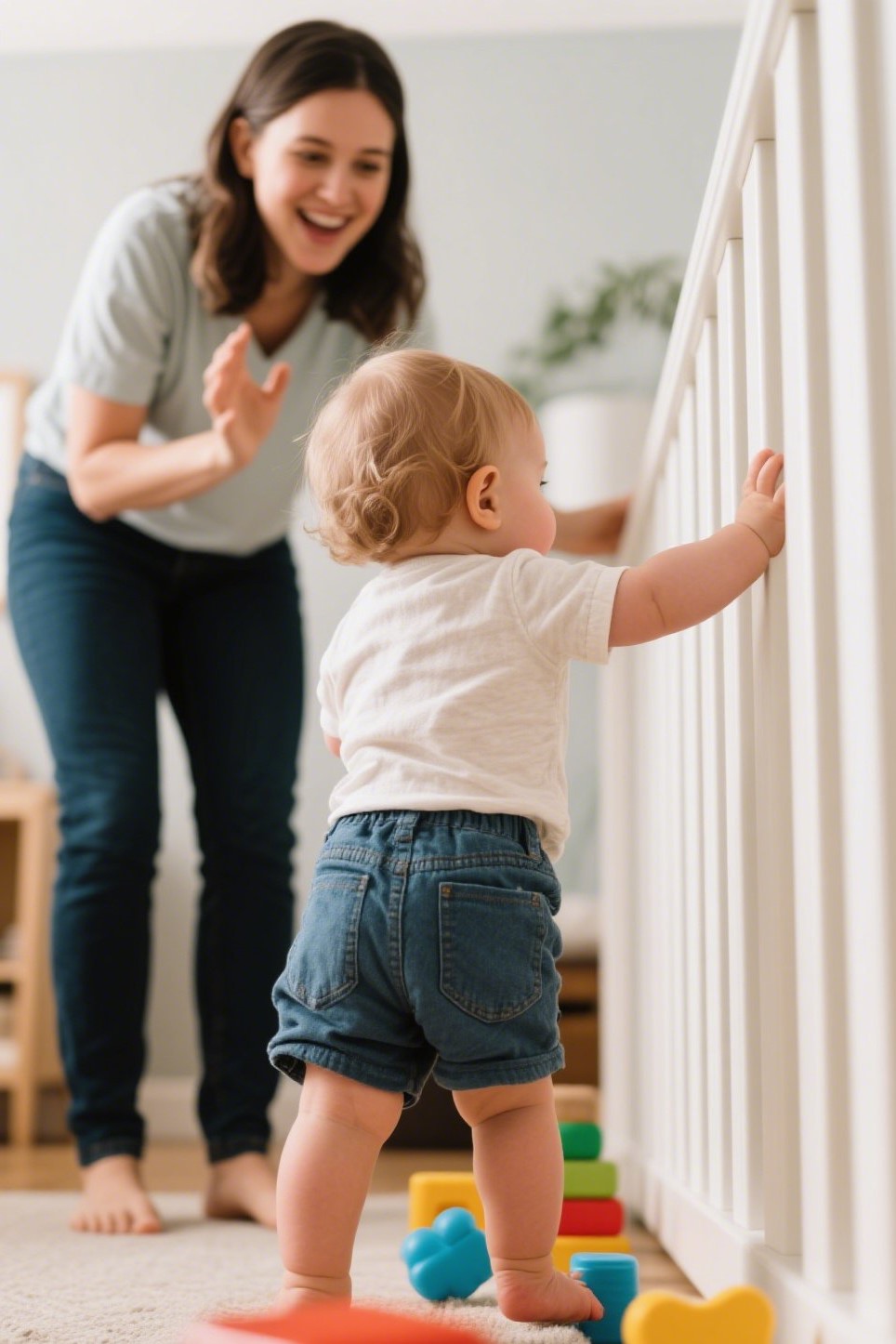
5. Give Positive Attention Proactively
Sometimes, more cuddles and quality time reduce acting out. Make sure their emotional “cup” is filled. Praise good behavior.
🗣️ “I love how gently you’re playing with your toys!”

6. Create a Calm-Down Corner
Instead of time-outs as punishment, offer a space with soft pillows, books, or sensory toys where your toddler can regroup when overwhelmed.
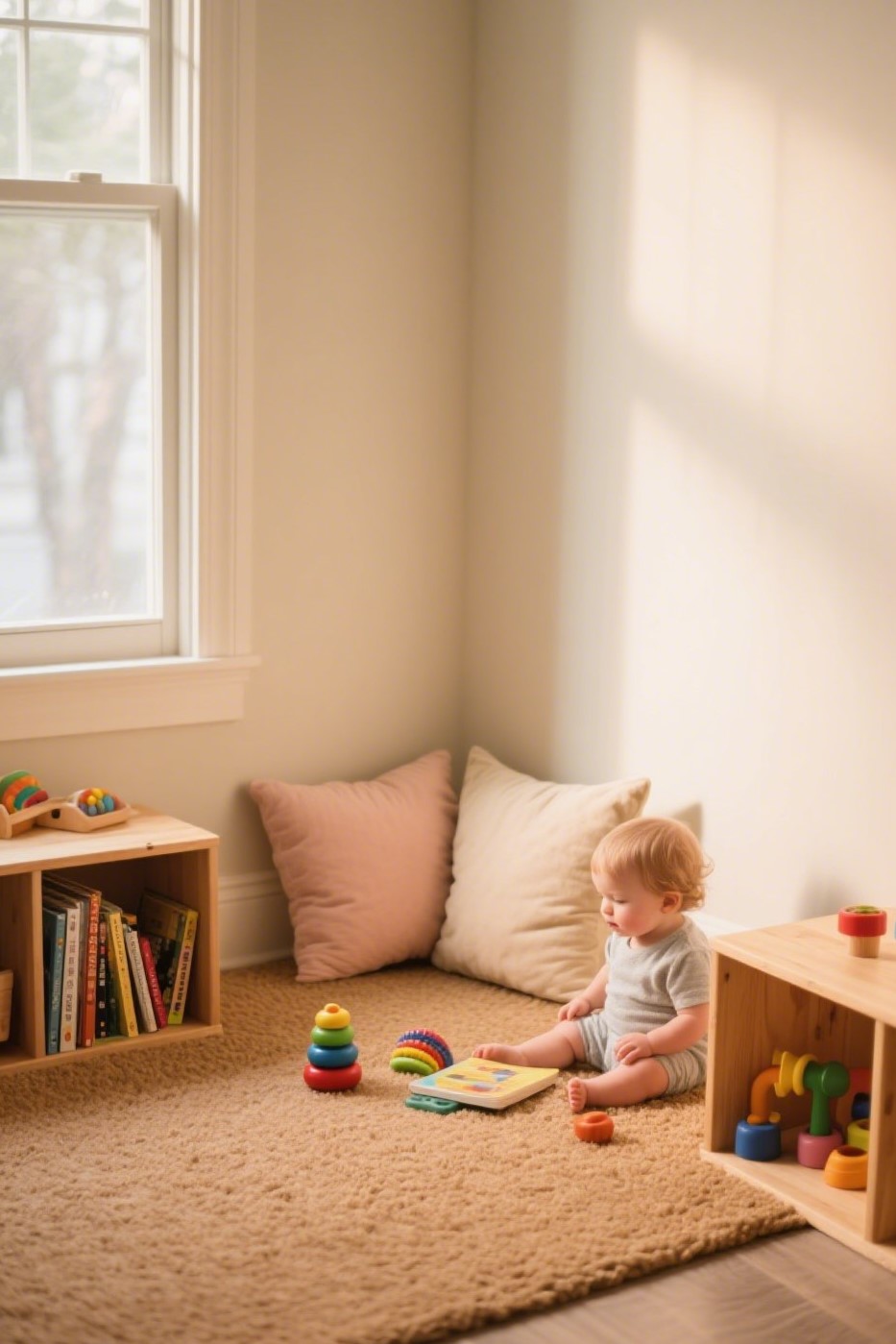
⏳ When to Worry
While hitting is often part of typical development, reach out to your pediatrician or child psychologist if:
- Your child frequently hurts others without remorse
- Aggression escalates past age 4–5
- You feel unsafe or unable to manage their behavior
💞 Final Thoughts
Your toddler isn’t trying to hurt you out of malice—they’re learning, growing, and overwhelmed by big feelings in a small body. Hitting is a signal—not of failure, but of a need: for guidance, patience, and connection.
So the next time you ask “Why does my toddler hit me?”—remember: they’re not being “naughty,” they’re asking for help. And with the right tools, you’ve got this.

